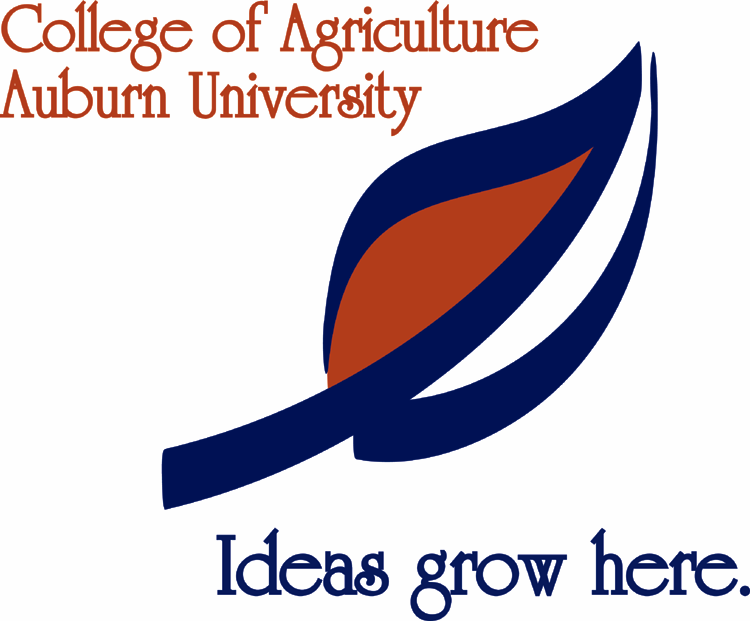|
|
From Dr.
Wes Wood: (www.auburn.edu/~woodcha/index.html)
Animal
production represents the largest fraction of Alabama's agriculture based
on cash receipts. Although vital to the state's economy, the animal production
industry is not without probems that may limit its growth or even threaten
its existence. Millions of tons of manure generated during production
create a liability for animal producters, and a potential environmental
hazard if mismanaged. In fact, animal manures are being identified as
the major contributors to non-point source pollution.
In large
part, manures generated at animal production sites are applied to pastures
or crops as nutrient (nitrogen and phosphorus) sources. The major potential
pollution problems associated with excess manures being applied to the
land include 1) ground water pollution with nitrate-nitrogen that upon
ingestion can lead to blue-baby syndrome, cancer, and livestock health
problems, 2) surface water pollution with nitrogen and phosphorus that
can result in eutrophication (over enrichment) that leads t noxious aquatic
plant growth, depleted idssolved oxygen, fish kills, bad odors, and increases
in mosquito populations, 3) air pollution including foul odors, ammonia
emission that contributes to eutrophication of natural terrestrial ecosystems,
and nitrous oxide emission that contributes to destruction of atmospheric
ozone and the greenhouse effect, and 4) soil contamination with elements
such as copper and arsenic that derive from feed supplements.
Animal
production in Alabama is geographically compressed owing to the need for
close proximity of production and processing facilities. This situation
is further exacerbated by the typically low concentrations of nutrients
in animal manures, i.e., value of nutrients in manures is quickly exceeded
by transportation costs within short hauling distances. Thus, large amounts
of imported nutrients (in forms of animal feed imported from the Midwest)
are land applied to soils in close proximity to production units. To reduce
the potential for water, air, and soil pollution, manure applicatioins
should be imited to agronomic rates, which will require producers to obtain
access to more land for application of manure. Unfortunately, several
Alabama counties currently generate more N and P in manures than is needed
for crops and pastures in those counties. Solutions to potential problems
associated with generation of massive amounts of animal manures in several
Alabama locations will require more research and outreach so as to help
farmers in the state sustain profitable animal production. Needed efforts
include: 1) development of manure treatment technologies that reduce nutrient
availability, eliminate odor, reduce gas emissions and generate value
added products, and land application technologies that prevent escape
of nutrients to water and air; 2) large scale demonstrations of manure
transport from manure-rich to manure-poor areas of Alabama; and, 3) heightening
of outreach efforts in the ares of agricultural waste management, which
will help farmers sustain profitable animal production in Alabama in an
environmentally compatible manner.
End of
statement by Dr. Wes Wood.
Dr. Wood's
work can be viewed, and he can be contacted, by going to his web site
at www.auburn.edu/~woodch/index.html or by going through the AU Ag web
site at www.auburn.edu
|
